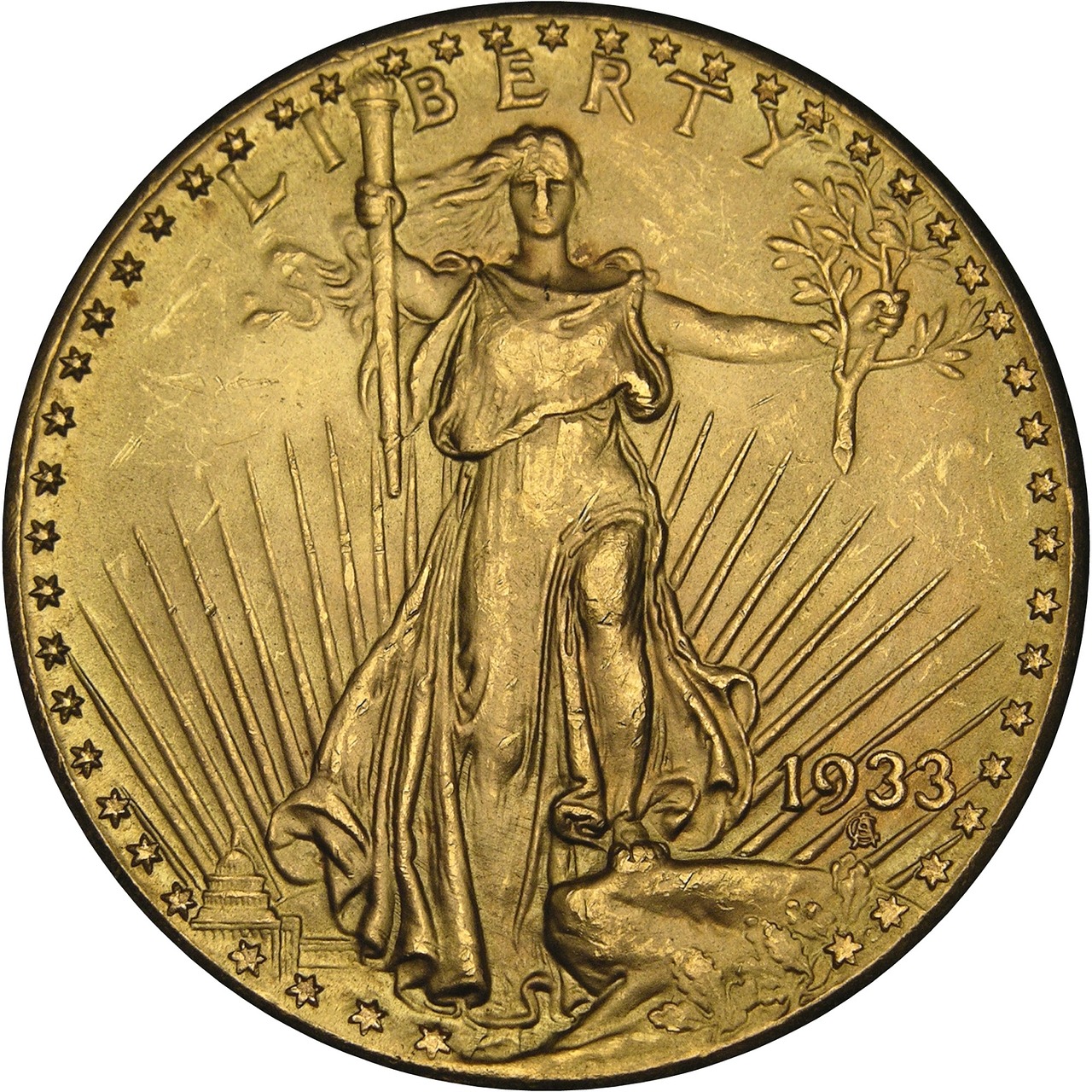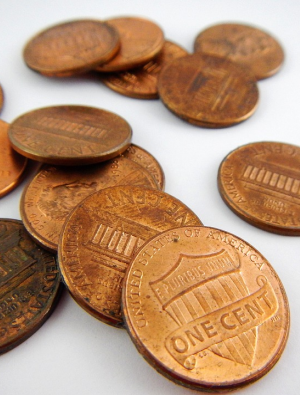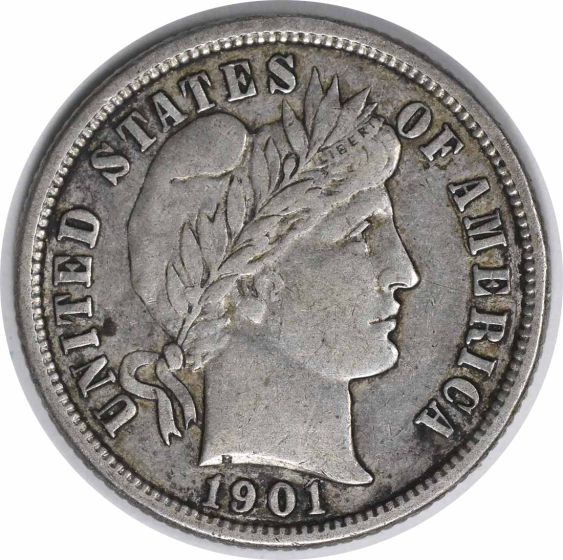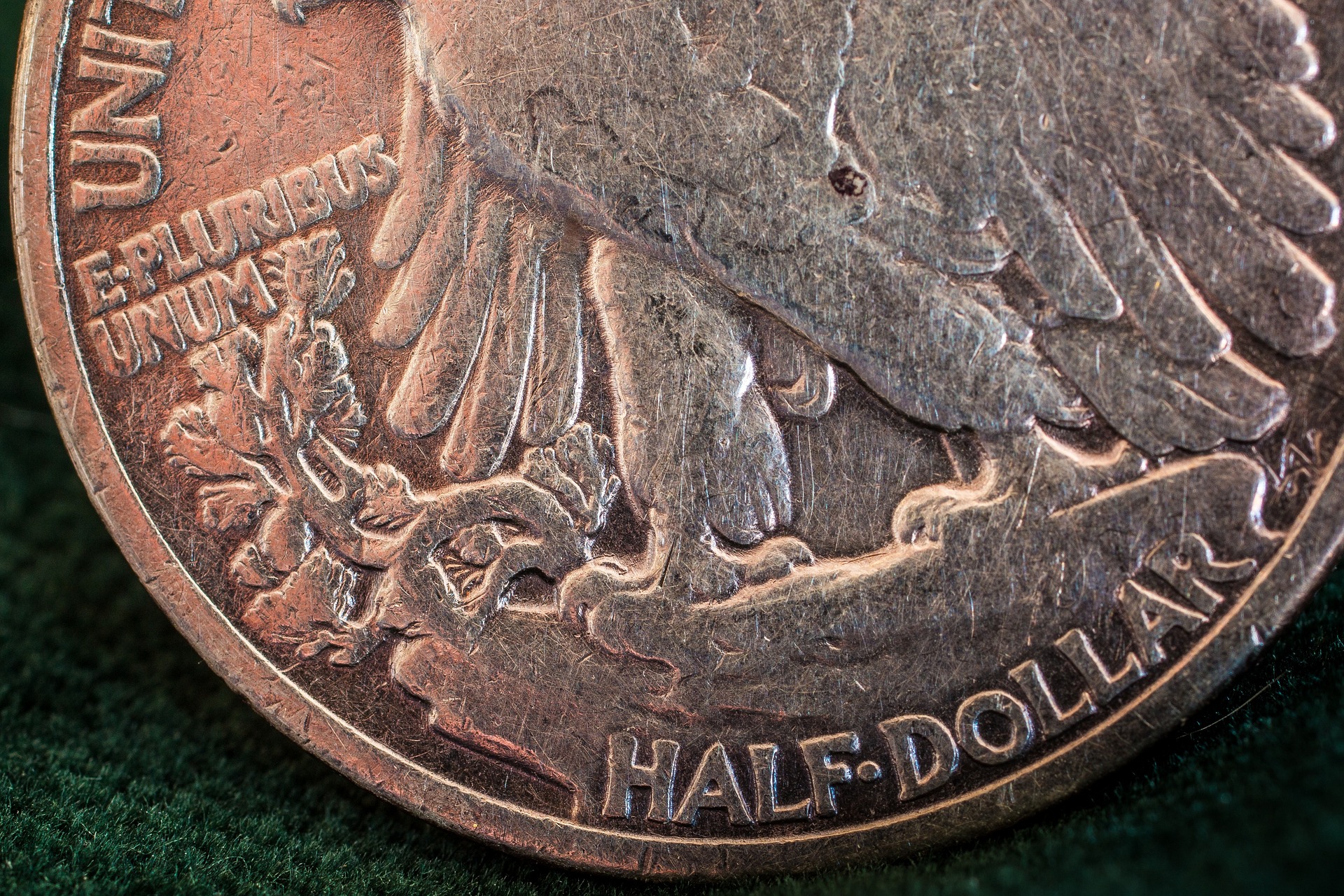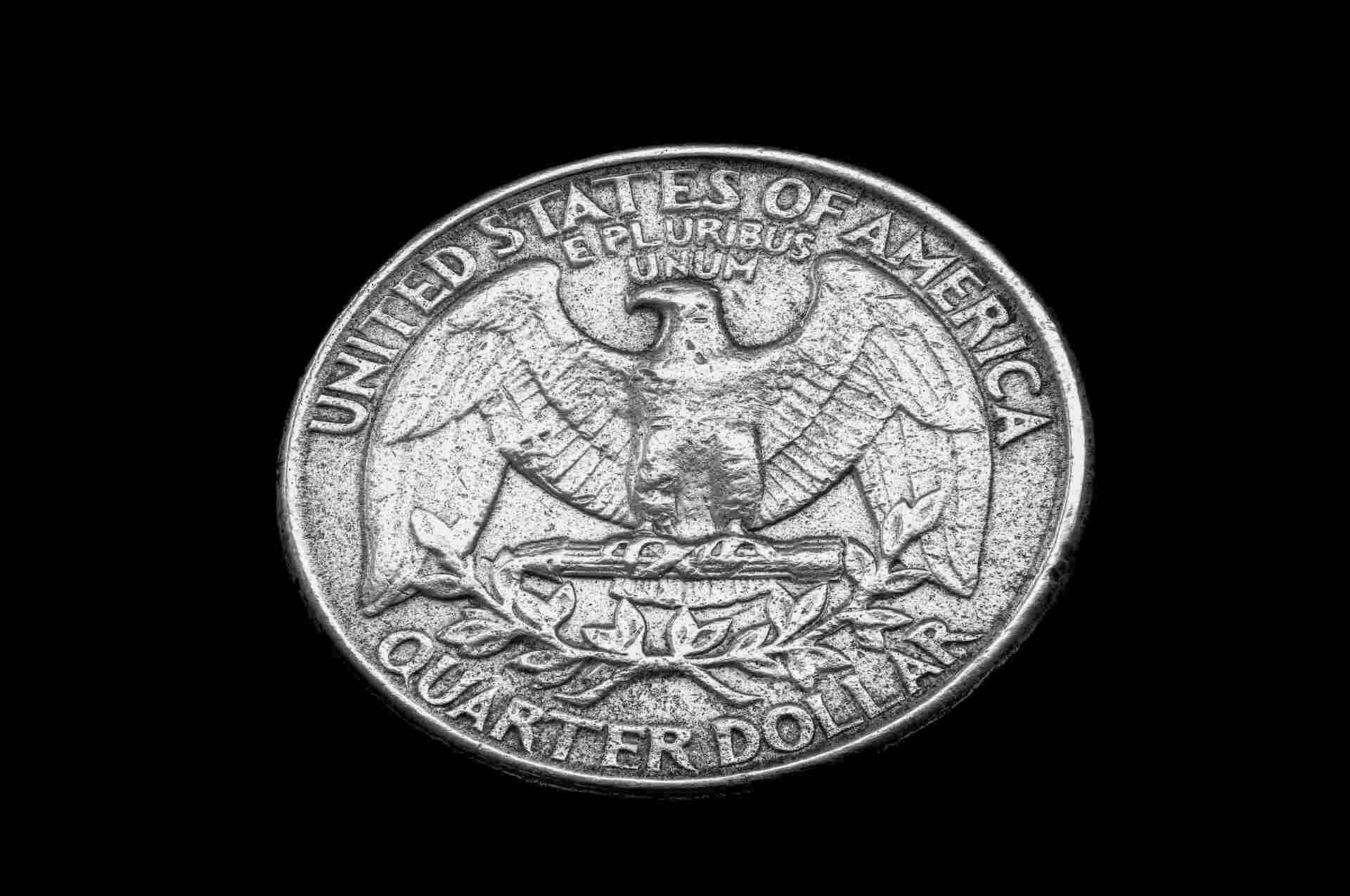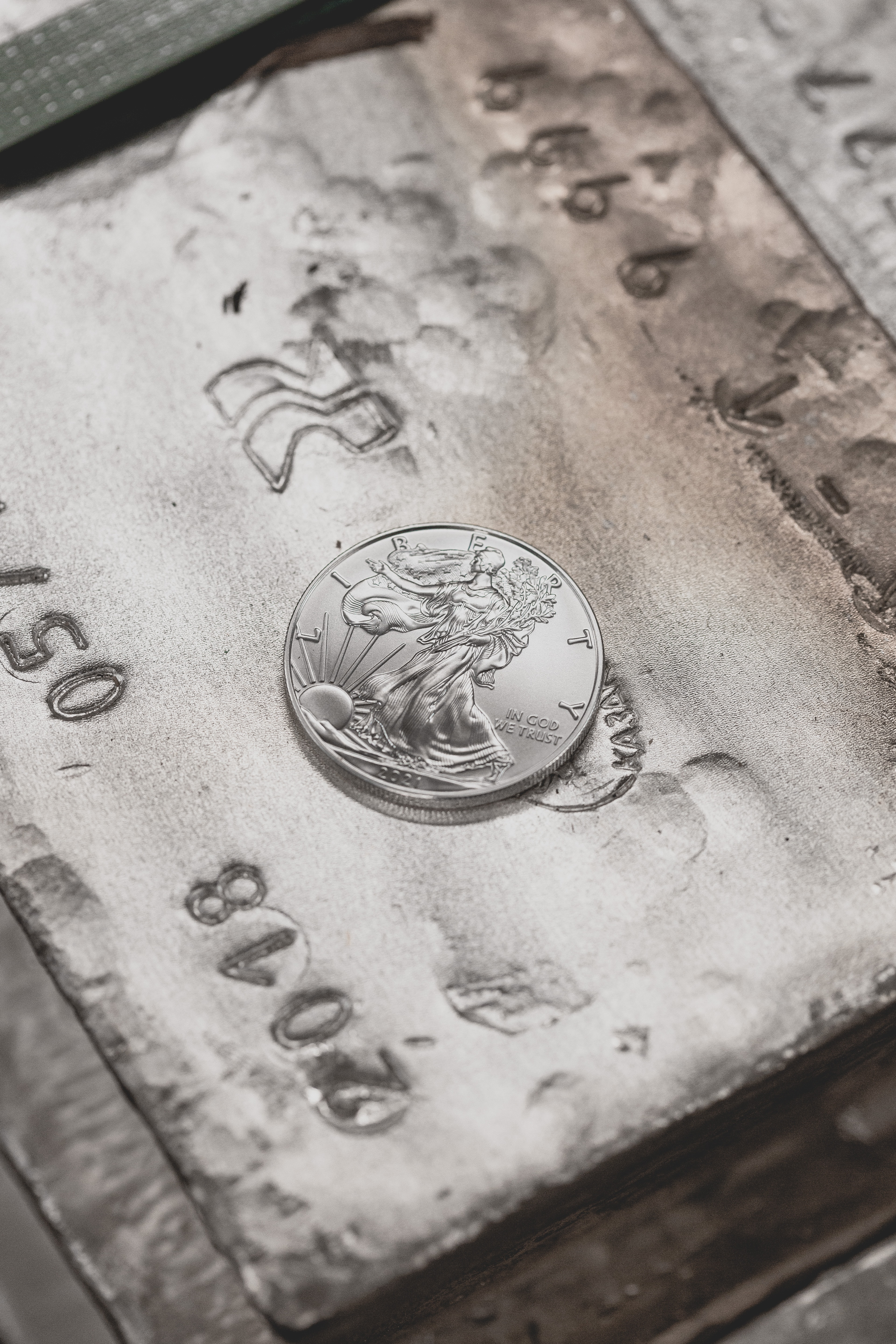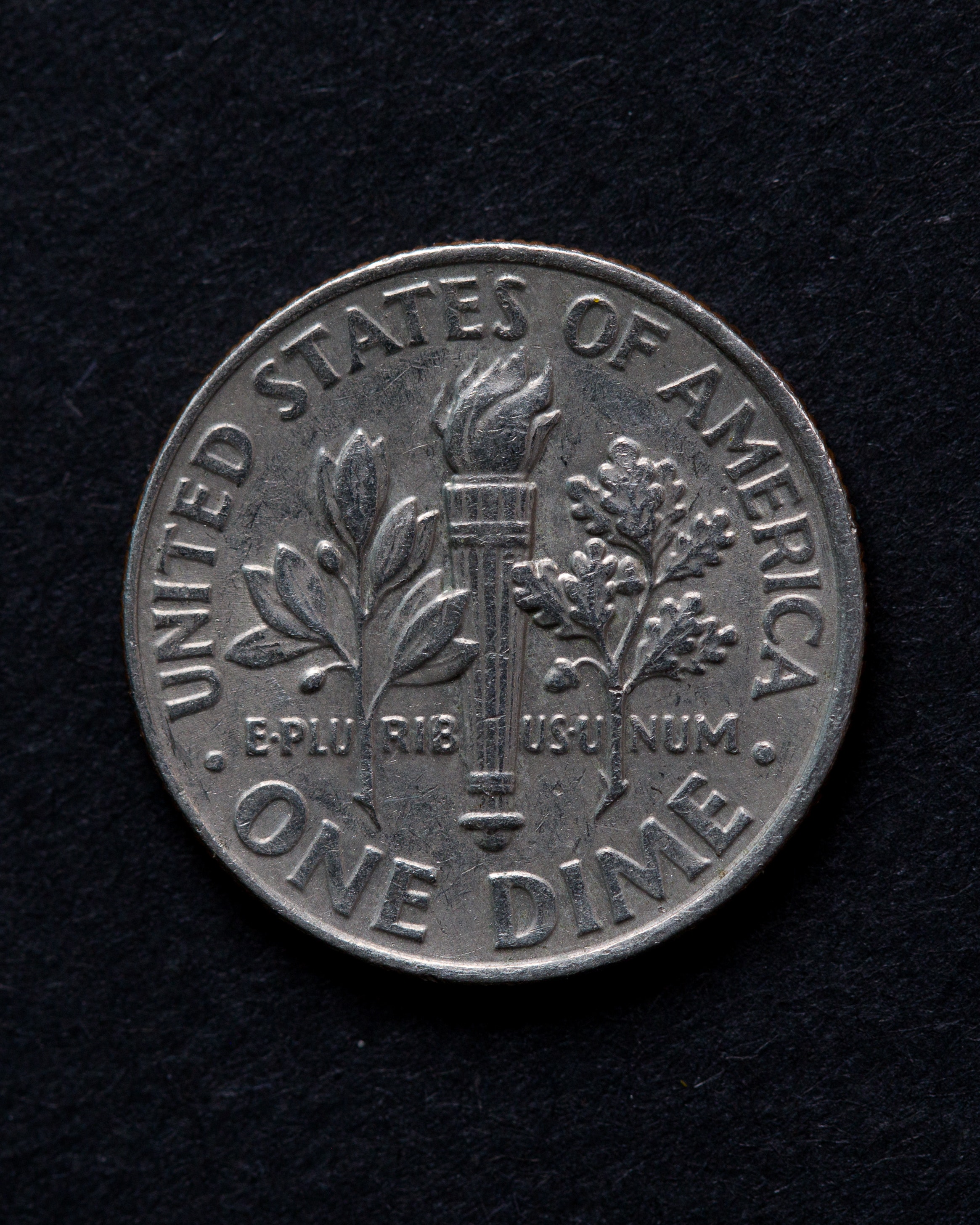The Top Counterfeit Coins and How to Identify Them
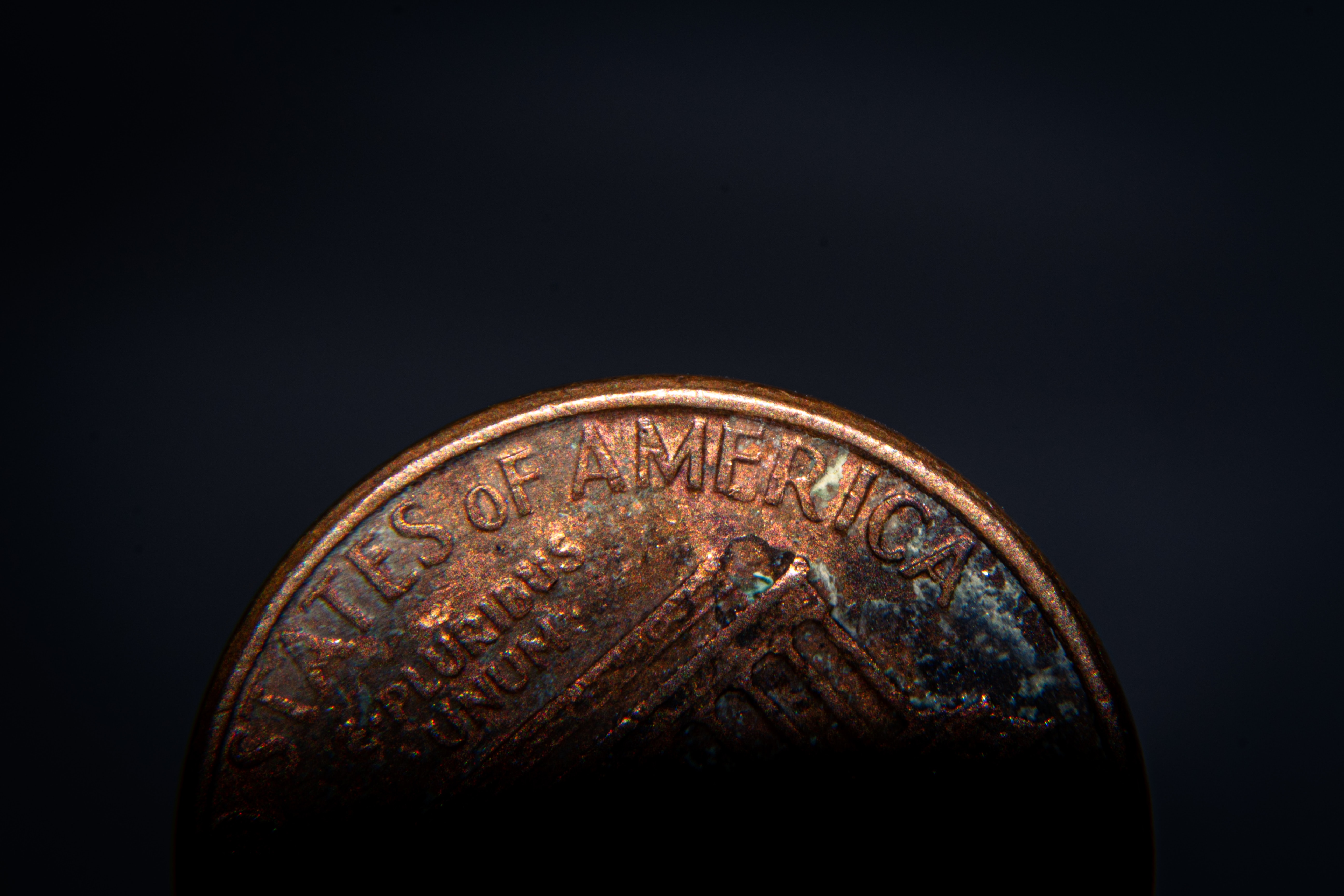
The world of numismatics is a treasure trove of history and culture, but it is not immune to challenges. There are few things as damaging or distressing to a coin collection as the discovery of fake US coins. Counterfeit coins have the potential to significantly devalue a collection and cause substantial financial loss. Equally important, fakes and counterfeits tarnish the hobby’s integrity.
Understanding the most commonly faked coins and learning how to identify them can protect you from unscrupulous practices and protect your investment.
The History of Counterfeit Currency
Historically, counterfeiting is a dark shadow that has plagued currency for centuries. From the earliest days of coinage, there are individuals who have attempted to line their pockets by creating counterfeit coins. In ancient times, this was often accomplished by mixing cheaper base metals with gold or silver.
Modern counterfeiting methods, however, have become far more sophisticated. Counterfeiters employ cutting-edge technologies to create shockingly convincing forgeries that can fool even the most seasoned collectors. Counterfeiting is not only illegal but also poses a substantial threat to numismatics, impacting the hobby's integrity as well as a collector's passion and investment.
The Top Counterfeit Coins

American Gold and Silver Eagles
Among the most desirable and frequently counterfeited US coins are the American Gold and Silver Eagles. Their popularity as investment coins makes them prime targets. Most counterfeits originate from East Asia and tend to fall short in weight or size, often made from base metals with a thin gold or silver plating that is intended to deceive.
Morgan Silver Dollars
The Morgan Silver Dollars hold both historical and collector appeal, making it an ideal target for counterfeiters. The majority of counterfeit Morgans come from China. They are typically made from a base metal alloy with a superficial silver plating intended to mimic the coin's original composition.
Trade Dollars (1873-1885)
Trade Dollars were initially minted for commerce with Asia, and their distinctive designs and silver content make them a common counterfeit target. Fake Trade Dollars often exhibit incorrect design elements, unusual weights, or subtly off dimensions that can trick even the most seasoned collectors.
Mercury Dimes
The Mercury Dime, named for its obverse design's similarity to the Roman god Mercury, is another coin that counterfeiters frequently replicate. Many counterfeit Mercury Dimes are constructed from base metal alloys and given a thin silver coating to imitate the coin's genuine appearance.
Identifying Counterfeit Coins

Detecting fake US coins can be a formidable task, even for experienced collectors. However, by employing some basic strategies, you can significantly reduce the risk of falling victim to counterfeit coins.
1. Know Your Coin
Familiarizing yourself with the details of the coin you are purchasing is your first and most crucial line of defense against counterfeits. This includes understanding the coin's weight, dimensions, designs, and edge details. A discrepancy, however slight, could be an indication of a counterfeit coin.
2. Use a Magnifying Glass
Using a magnifying glass can help reveal fine details that are often overlooked by the naked eye. Look for irregularities in the design, specifically in the lettering and the relief. Any signs of poorly defined details or uneven surfaces could indicate a counterfeit.
3. Check the Edge
Many counterfeit coins often feature plain or incorrectly reeded edges that do not align with the original coin's edge. Seams along the edge, a typical sign of cast counterfeits, should also raise suspicion.
4. Weigh the Coin
Fake US coins often have incorrect weights due to counterfeiters intentionally using the wrong metal composition. Precision scales can accurately weigh coins to compare them against the standard weight of a genuine coin. A weight that is significantly off could signal a counterfeit.
5. The 'Ring' Test
When gently tapped, genuine silver coins emit a distinctive ringing sound due to their metal composition. Counterfeit coins, particularly those made from lead or other base metals, will not produce the same sound when struck.
6. Use Technology
Counterfeiters aren’t the only ones who can take advantage of cutting-edge technology. In recent years, technological advancements have provided additional tools for detecting fake US coins. Specialized devices such as the Coin Analyzer can measure a coin's weight, dimensions, and alloy composition, further assisting in identifying counterfeits.
7. Seek Expert Help
When in doubt, seek the help of a numismatic expert or a professional coin grading service. These experts possess the knowledge and sophisticated tools required to verify a coin's authenticity.
Expand Your Genuine Collection with L&C Coins
The challenge posed by counterfeit coins in the numismatic world is significant, but with vigilance, education, and a keen eye, collectors can protect their investments and continue to enjoy the enriching journey that coin collecting offers. When purchasing coins, the adage 'Buy the seller before the coin' holds true. Ensure you are buying from a reputable dealer like L&C Coins, who take meticulous care in verifying the authenticity of the coins they offer for sale.
Shop our selection of authentic featured coins at a variety of price points today and expand your collection. Whether you’re a new or seasoned collector, you can rely on L&C Coins’ nearly 50–year history and thorough knowledge of the coin market to provide you with high-quality coins you can trust. Order today with free shipping on all standard orders.



